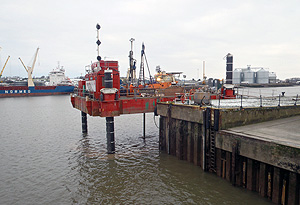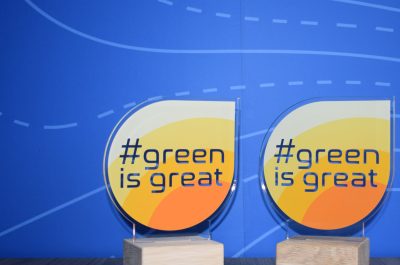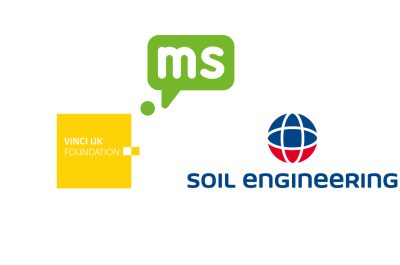

In June 2012, Soil Engineering were contracted to undertake intrusive geotechnical investigations as part of the Humber Estuary Renewable Energy Supercluster redevelopment; Hull Green Port.
Site investigation works were completed at Alexandra Dock where applications have been made for the demolition of existing buildings and the development of a massive facility for the manufacture, assembly, storage, handling and testing of wind turbine components for the offshore power generation industry.
Soil Engineering completed works both on land and overwater within the active dock area. Overwater operations were undertaken from a spudleg barge, drilling in 10m of water.
The scope of works comprised:
The main works were completed in less than 4 weeks utilising in house drilling plant and resources.
As site works neared completion ABP Humber required information from within the tidal zone of the River Humber to design the realignment of a piled wall. It was agreed that both time and money could be saved if Soil Engineering carried out the works utilising plant and equipment already on site, drawing on previous experience of drilling in tidal conditions and within a live dock environment. Adding this borehole to the scope of works negated not only procurement and additional mobilisation costs, it greatly accelerated ABP’s design programme.
The additional borehole was successfully drilled across a 5m tidal range in a single shift to a depth of 15.50m below bed level. Further additional design work was helped by adding 2 days of window sampling and dynamic probing at the end of the 4 week site period, allowing the client to advance designs for a footpath diversion.

Double success at Soil Engineering this week as two areas of the business were recognised with the global Green Is Great label by Soletanche FreyssinetMarking best practice across our global operations the Green is Great programme recognises the efforts and innovations of the global efforts of our people, projects and depots. Simultaneously achieving gold standard […]
Read more ➜
Amongst the £238,000 in grants provided in 2025 by our group charitable wing, the VINCI UK Foundation, is a successful application championed by Soil Engineering Geoservices. At the heart of the VINCI Group’s ethos is a commitment to improving everyday life and mobility for all. This dedication goes beyond the infrastructure and facilities we design, […]
Read more ➜
Soil Engineering received a pair of Highly Commended citations at the 2025 Ground Engineering AwardsWith nine shortlisted entries across seven categories at this year’s very competitive awards, coming away without a trophy was always going to be a bit of a disappointment. However, spirits were lifted significantly by the revelation that we had sufficiently impressed […]
Read more ➜